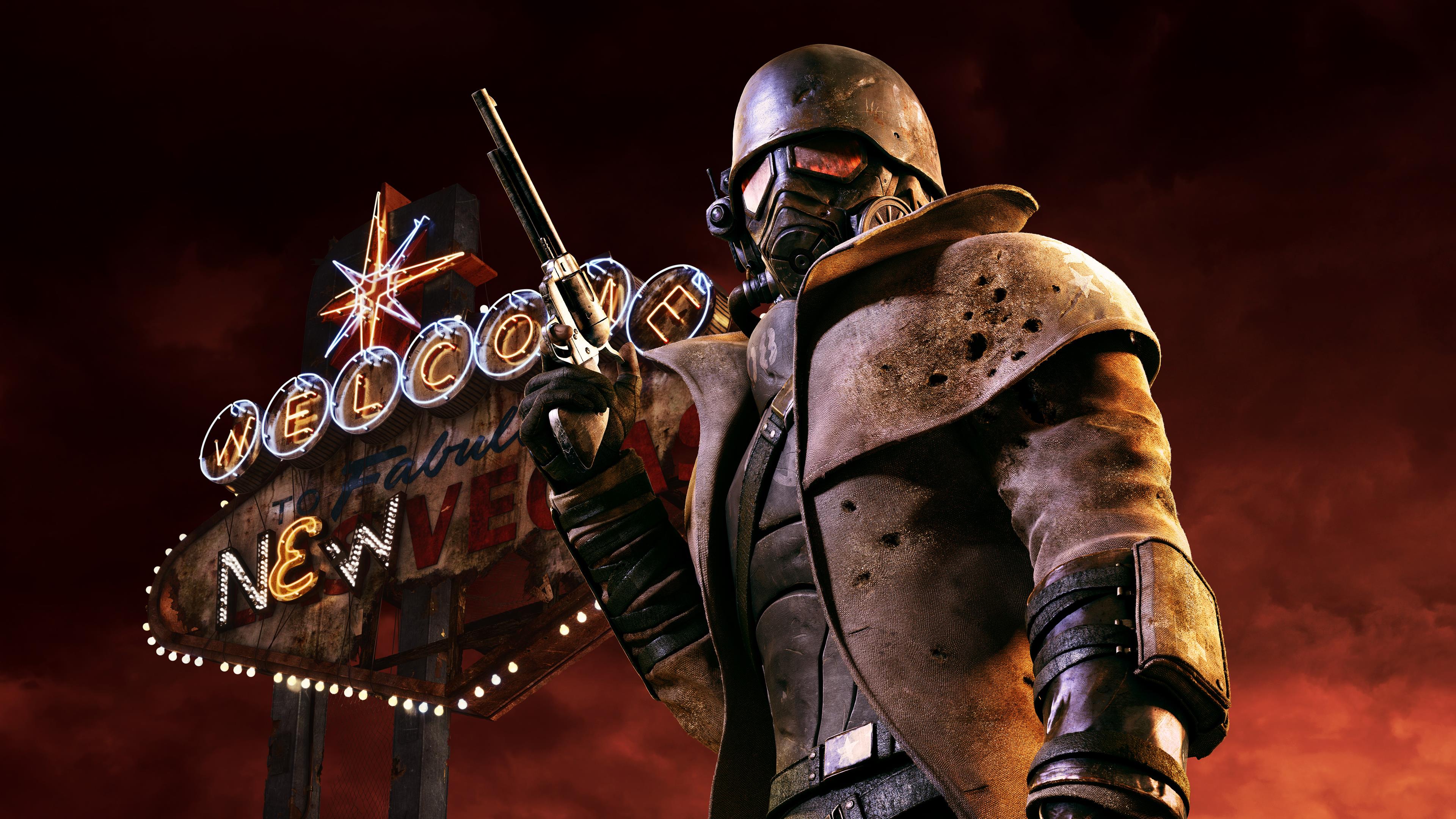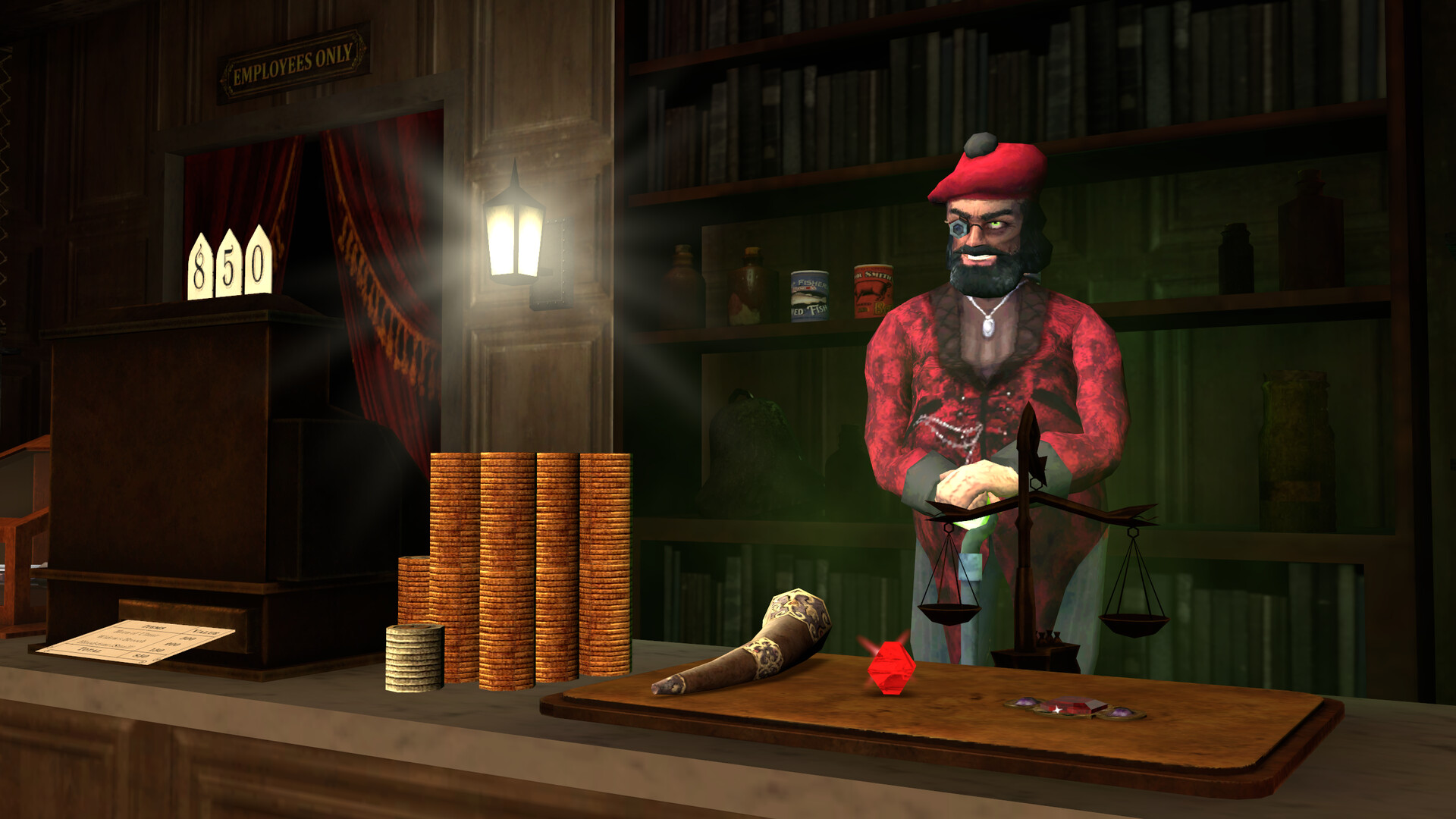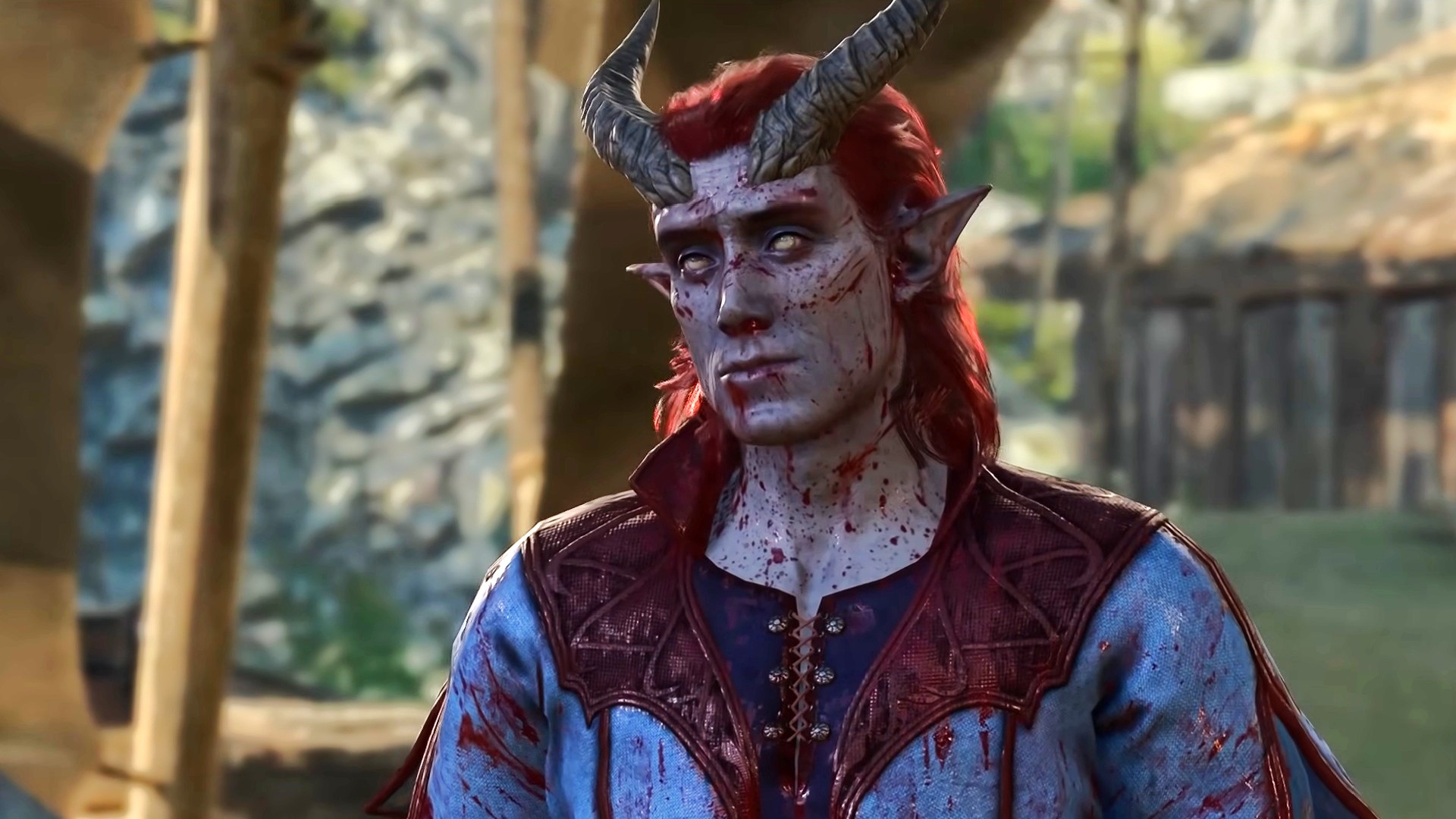
Obsidian's playbook for providing enough skill checks for your maxed-out Lockpicking.
How do you ensure a player’s character-building choices feel worthwhile in an RPG, whether they dumped all their points into lockpicking or went heavy on persuasion? Josh Sawyer, seasoned RPG designer and studio design director at Obsidian, says that—like weapon tuning—it’s a vibes-based art, but great documentation and a good dataset certainly don’t hurt.
In a recent YouTube video, Sawyer said it’s important to make skill selections matter as soon as possible. If something’s going to be part of gameplay, he said, it should be present and visible almost immediately. To illustrate, Sawyer called out Good Springs, the starting town in Fallout: New Vegas, which Obsidian designed so that every skill a player might tag as a specialty during character creation had a potential use case during the introductory quests and initial exploration.
The goal in frontloading a variety of skill checks is communicating to the player that “we’re paying attention to the character that you made and we’re going to give you rewards for that,” Sawyer said. Finding some locked containers with bullets inside reassures you that your early decision to drop points in lockpicking won’t be a bad investment as you’re scrounging for wasteland salvage later on.
That always-equal skill representation isn’t as integral for designing the game’s later content, Sawyer said, but he noted that early intention-setting is just as important for the developers themselves. In addition to providing a framework for implementation, asking a quest or area’s designer early on what skills the player will be able to use for problem-solving helps design leads in assessing overall skill check distribution.
If designers have documented their intentions, Sawyer said, a lead area designer could theoretically look over that documentation and say, “Wow, we’re really leaning heavily on the use of pickpocket, or we’re really over-indexing on explosives,” and adjust direction as necessary.
Obsidian’s benefited from having script tracking software, allowing its devs to check how often a specific scripting command is used throughout the game, and even how often it’s checking for specific values. For example, a designer can see both how often a game is running a script to check the player’s science skill in conversation, and how often those checks are set at certain skill thresholds.
If the team notices some skills are over-or-underrepresented, Sawyer said it can be a complicated problem to solve. A solution Obsidian’s used is either splitting a skill with too-frequent skill checks into separate skills, or finding a new skill that’s thematically appropriate for combining underrepresented ones. In Pentiment, Sawyer said there had originally been character Astrologist and Naturalist backgrounds that were “interesting,” but couldn’t be designed around consistently enough. Eventually, they were combined into the Heavens and Earth background that shipped in the final game.
Having hard data to check against is helpful for managing a design team’s perception biases, but Sawyer acknowledged it’s not something every studio can afford. Ultimately, like a lot of RPG design, he said it’s “all about feelings, just like tuning a weapon is about feelings. But you use numbers to arrive at that feeling.”






